Many processes in astrophysics take a very long time, making their evolution tricky to study. For example, a star like our sun has a lifespan of about 10 billion years and galaxies evolve over the course of billions of years.
One way astrophysicists deal with this is by looking at various different objects to compare them at different stages of evolution. They can also look at distant objects to effectively peer back in time, because of the length of time the light took to travel to reach our telescopes. For example, if we are looking at an object 10 billion light years away, we are seeing it as it was 10 billion years ago.
Now, for the first time, scientists have created simulations that directly recreate the full life cycle of some of the largest collections of galaxies observed in the distant universe 11 billion years ago, reports a new study published on June 2, 2022, in the journal Nature Astronomy.
Cosmological simulations are crucial to studying how the universe became the shape it is today, but many do not typically match what astronomers observe through telescopes. Most are designed to match the real universe only in a statistical sense. Constrained cosmological simulations, on the other hand, are designed to directly reproduce the structures we actually observe in the universe. However, most existing simulations of this kind have been applied to our local universe, meaning close to Earth, but never for observations of the distant universe.
A team of researchers, led by Kavli Institute for the Physics and Mathematics of the Universe Project Researcher and first author Metin Ata and Project Assistant Professor Khee-Gan Lee, were interested in distant structures like massive galaxy protoclusters, which are ancestors of present-day galaxy clusters before they could clump under their own gravity. They found current studies of distant protoclusters were sometimes oversimplified, meaning they were done with simple models and not simulations.
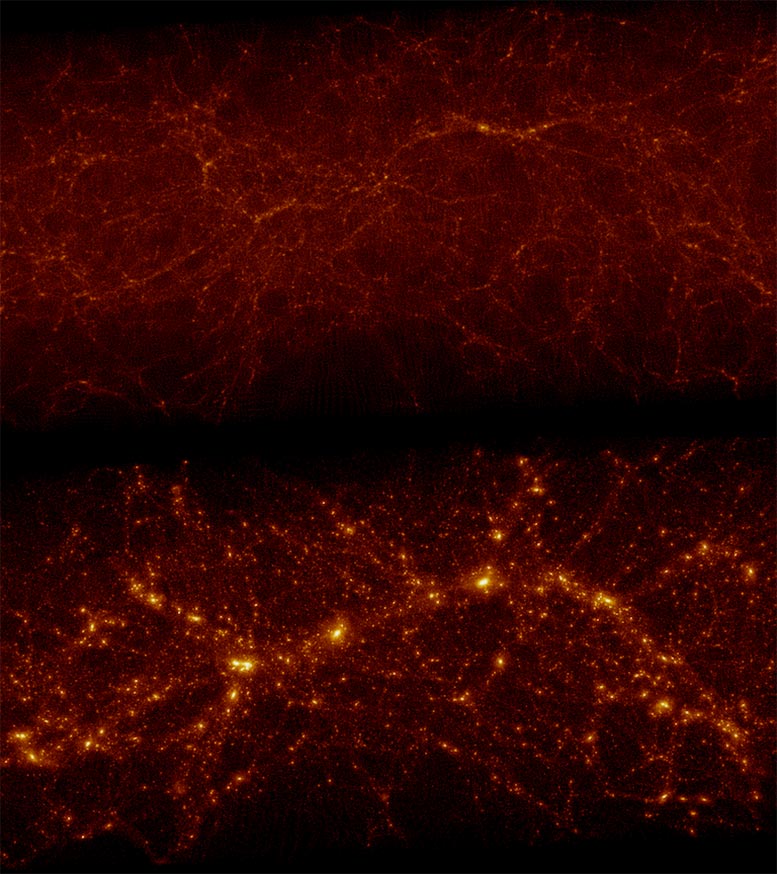
Screenshots from the simulation show (top) the distribution of matter corresponding to the observed galaxy distribution at a light travel time of 11 billion years (when the Universe was only 2.76 billion years old or 20% its current age), and (bottom) the distribution of matter in the same region after 11 billion lights years or corresponding to our present time. Credit: Ata et al.
“We wanted to try developing a full simulation of the real distant universe to see how structures started out and how they ended,” said Ata.
Their result was COSTCO (COnstrained Simulations of The COsmos Field).
Lee said developing the simulation was much like building a time machine. Because light from the distant universe is only reaching Earth now, the galaxies telescopes observe today are a snapshot of the past.
“It’s like finding an old black-and-white picture of your grandfather and creating a video of his life,” he said.
In this sense, the researchers took snapshots of “young” grandparent galaxies in the universe and then fast forwarded their age to study how clusters of galaxies would form.
The light from galaxies the researchers used traveled a distance of 11 billion light-years to reach us.
What was most challenging was taking the large-scale environment into account.
“This is something that is very important for the fate of those structures whether they are isolated or associated with a bigger structure. If you don’t take the environment into account, then you get completely different answers. We were able to take the large-scale environment into account consistently, because we have a full simulation, and that’s why our prediction is more stable,” said Ata.
Another important reason why the researchers created these simulations was to test the standard model of cosmology, that is used to describe the physics of the universe. By predicting the final mass and final distribution of structures in a given space, researchers could unveil previously undetected discrepancies in our current understanding of the universe.
Using their simulations, the researchers were able to find evidence of three already published galaxy protoclusters and disfavor one structure. On top of that, they were able to identify five more structures that consistently formed in their simulations. This includes the Hyperion proto-supercluster, the largest and earliest proto-supercluster known today that is 5000 times the mass of our Milky Way galaxy, which the researchers found out it will collapse into a large 300 million light year filament.
Their work is already being applied to other projects including those to study the cosmological environment of galaxies, and absorption lines of distant quasars to name a few.
Details of their study were published in Nature Astronomy on June 2.
Reference: “Predicted future fate of COSMOS galaxy protoclusters over 11 Gyr with constrained simulations” by Metin Ata, Khee-Gan Lee, Claudio Dalla Vecchia, Francisco-Shu Kitaura, Olga Cucciati, Brian C. Lemaux, Daichi Kashino and Thomas Müller, 2 June 2022, Nature Astronomy.
DOI: 10.1038/s41550-022-01693-0

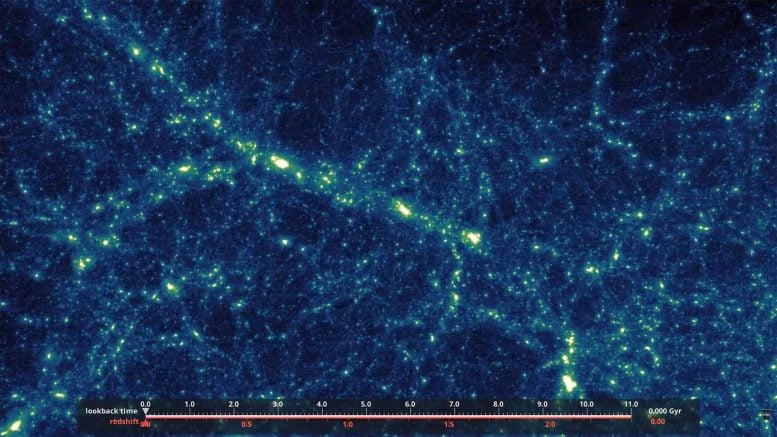
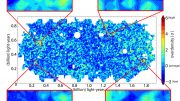
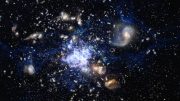

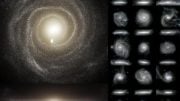
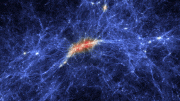

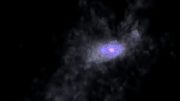
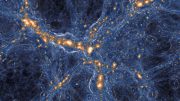
Hi to all of you at the scientific community. I I want all of you to know the pride that I have because all of you from the scientific community. I am remember the first few years that we met. I start at the Cr4 Relativity for ingénieur. The debate about the lorenz puzzle and the dilatation time some things like this. At that time because the debate the lazer pulse became. Also the correction about the lenses wish also help the construction of new lenses for telescope big one. The and after it starts to go very deep into philosophy the natural perception of universe and so on. Now I know where my blog on vox go. I I will tell you a secret. I the way back machine internet archive there he is my [email protected] all what I put there I mean the poem and philosophy. All that is possible to take a simple verset and mixte with another verset of any other. I you will have another theory it’s built all like that. I hope the days I will bring new stuff. I all of you that help to develop new technology will help those new and young scientists. The but the real true I was really loving working with all of you. When someone brings new stuff (theory) like I did for developing all this. We need big time time scientists who will keep bombarded your theory theory to try finding a little hole or a a so invisible failure somewhere that it will be to destroy the new theory. We have to have those absolute annoying scientific because if every one starts to applause and gives golden bones prize but no one will see the flaws into it.this will do so much damage and all of you already just have one of those terrible things things just happen, and [the standard model] with all the rigueur and all that attention that you all put into those quantum theory of all kinds. So much revision and rerevision, lol. I you know what I mean right. I thank you so much about all of your participation. I please I will present the new stuff. I not that long, but I I wish we redo a great team all together. I again thank you from your good friend Philippe Martin as God of quantum and the creator 😎 of those multiverse.Ps love you all.
Is it just me, or does that look like a brain / a bunch of synapses.
This is such a great blog. Thank you for sharing your talent with everyone. You are an inspiration.
Kindly convey posted comments to NASA observation team thanks
Ashok Kumar